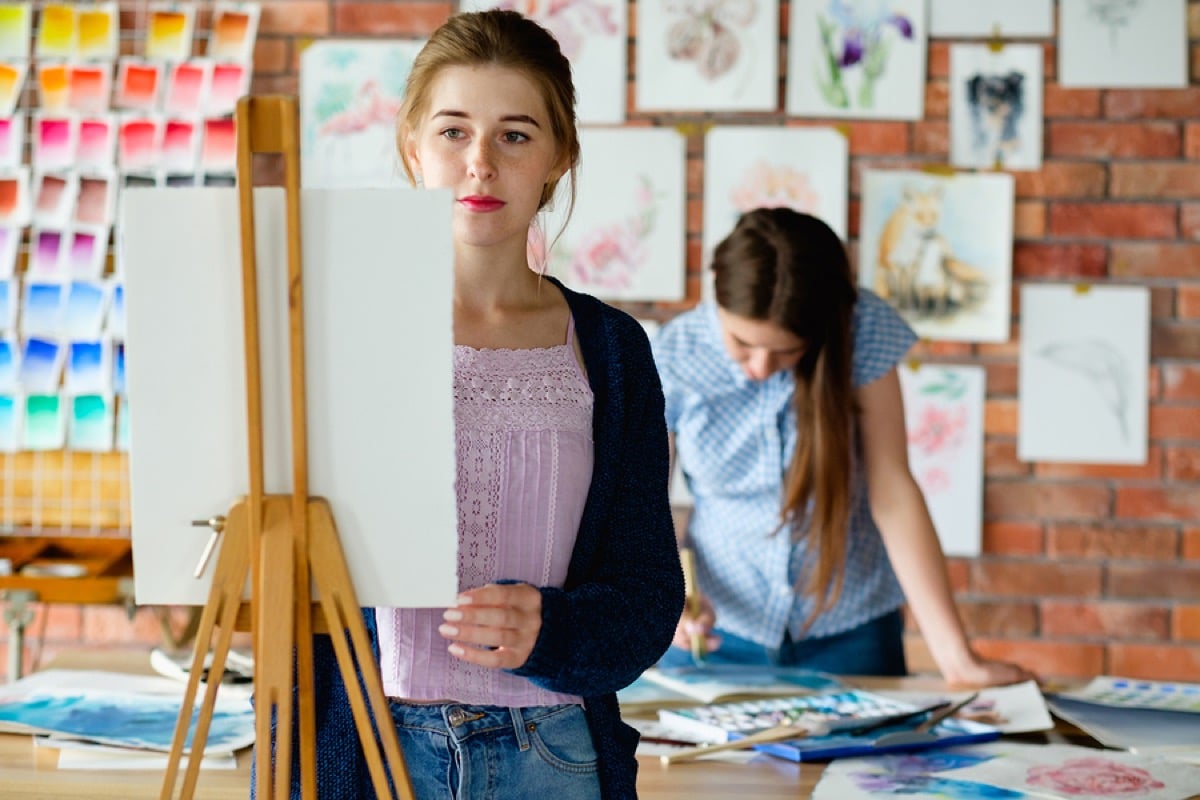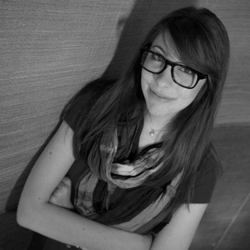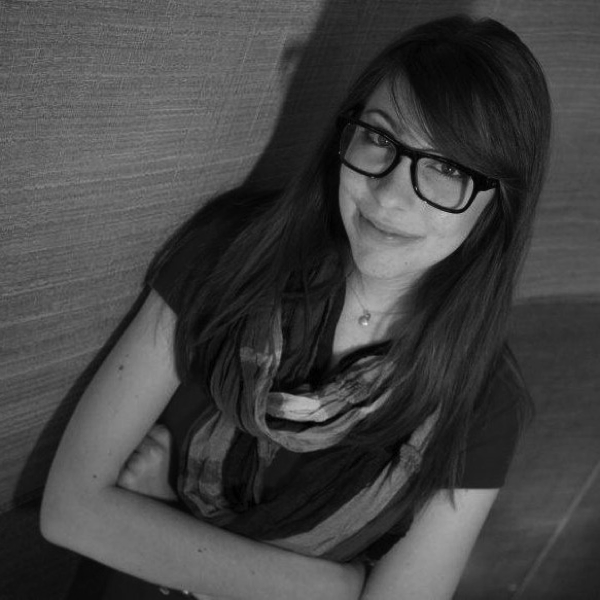From the time we were in elementary school, many of our teachers introduced us to and encouraged us to keep journals. For the most part, we were given daily prompts and then a period of time during which we were to write an entry based upon that prompt.
Somehow, though, this habit of writing down our thoughts has stuck with many of us. As adults, we keep journals for a variety of reasons – to reflect upon our days, to vent our emotions, to commit our ideas to writing so we don’t forget them, and often to say things to others that are better left unsaid. There is just something cathartic about journal writing.
Enter Art Therapy
Another phenomenon that has surfaced in the past few decades is something known as “art therapy.” This is a form of psychotherapy, used by psychologists, and even specifically trained art teachers. It uses various forms of techniques (painting, drawing, coloring, collage construction, etc.), in order to help children, teens, and adults explore their emotions, express their feelings and thoughts, and thus gain insights into the issues with which they may be dealing.
The theoretical concept of art therapy is that it is a form of self-expression that holds value for those going through a healing process or who just want to explore their own emotions and feelings.
If art and writing can both be a form of “therapy” or a method of expressing our feelings, then it is no large leap to combine the two for a new kind of journal, often called the art journal.

Defining the Art Journal
There is no definition that really works. Because an art journal can incorporate almost anything, and almost anything can be considered art – from scribbled lines to a 3-D folded paper “masterpiece.” The point is this: Just like in text journaling, you are going to “free write,” only with art materials instead of words.
Not that words won’t be included, of course. You may want to caption your art; you may want to write about an emotion, experience, or situation and then use art to express that in visual form. In short, anything goes.
Types of Art You Can Employ
As stated above, anything goes. And you need absolutely no artistic talent or skill at all.
- Some days you may just be feeling like imitating Georges Seurat and just use pointillism (you know, the artist who used patterns of different colored dots to form an image of some type). Just making all of those dots may relieve you of pent up aggression or anger.
- Other days, you may feel like drawing stick figures and engaging them in conversation, with those little bubbles over their heads. (This might be a conversation you want to have with someone but are not quite ready to yet.
- Colored tissue and paste will let your experiment with shapes and sizes. Not too therapeutic you say? The cutting alone can help you unwind, and the rainbow of colors may be amazingly calming too.
- Painting can be splashes of color on the page or combined with a pencil drawing that now needs color.
- You can combine art and words. Write a word that expresses your feelings at the moment. Then, use colored pencils to decorate it, or some sequins to add bling.
- Have a box full of buttons? Glue them on the page, making a cool design.
- Draw your dream room or house and furnish it with cutouts from home décor magazines.
- You may begin your art journaling one day in an angry, depressed, or pessimistic mood. That’s fine. Draw or scribble what you want, even using dark colors, to get that out. Then, when you are feeling happy, content, grateful, or optimistic, go back and add more to change that negative art into a positive piece. Or just leave it as is. After all, we all have our negative moments, and if you have written about that emotion and what may have caused it, you may want to remember later on.
- Draw a mandala (a large circle) and place a pattern within it – flower petals, swirls, geometric figures – anything at all.
How to Get Started
Begin with simple art materials that you may have around the house – pencils, pens, colored pencils, markers, magazines, small objects. As you get used to the idea of art journaling, you will want to add to your supplies – watercolors, acrylics, tissue, etc. – so you can begin to experiment more.
Because you may be used to written journaling, start with your words if that is more comfortable. You can paint a pastel background and write down your thoughts. Or use a variety of colored pencils to write. Gradually, you’ll begin to get used to seeing color and lines, and your creative juices may actually begin to flow. You’ll see how much more comfortable art becomes as a means of expression.
If you have never journaled as an adult, you have an amazing experience in store.
Remember all of that structured academic writing you had to do in school and how much you hated it? Perhaps you used writing services like WoWGrade.com and happily paid for those essays and papers. You can throw all those rules and that structure out the window.
And remember those art classes you may have had to take in school? And how you felt uncomfortable and maybe a bit embarrassed because you had no talent? You can throw all of that out the window too.
In the End
Art journaling has nothing to do with structure; it has nothing to do with sharing with others unless you want to; it has everything to do with you. It’s your time to free up your mind and soul and summon up that inner layer of self that no one else needs to see.
 Author’s BIO:
Author’s BIO:
Linda Grandes had made a transition from a little shy office clerk to an empowered and happy writer. Later she progressed to being an editor at Studicus. Linda is a writing fanatic and frantically stays on guard of beauty and meaning in the written text. She runs a blog where shares tips and useful resources for fellow writers. Sometimes she holds tea parties with her followers. Contact her to find out about the next one.
If you want to add journal therapy to your newly discovered art therapy, please download the free eBook titled The Journaling Guide to Manage The Stress and Strains of Life and learn how journaling can help address life's challenges.


Leave Comment